Engineered tissue mimics the contractions of the small intestine to break down artificial materials simulating partially digested food.
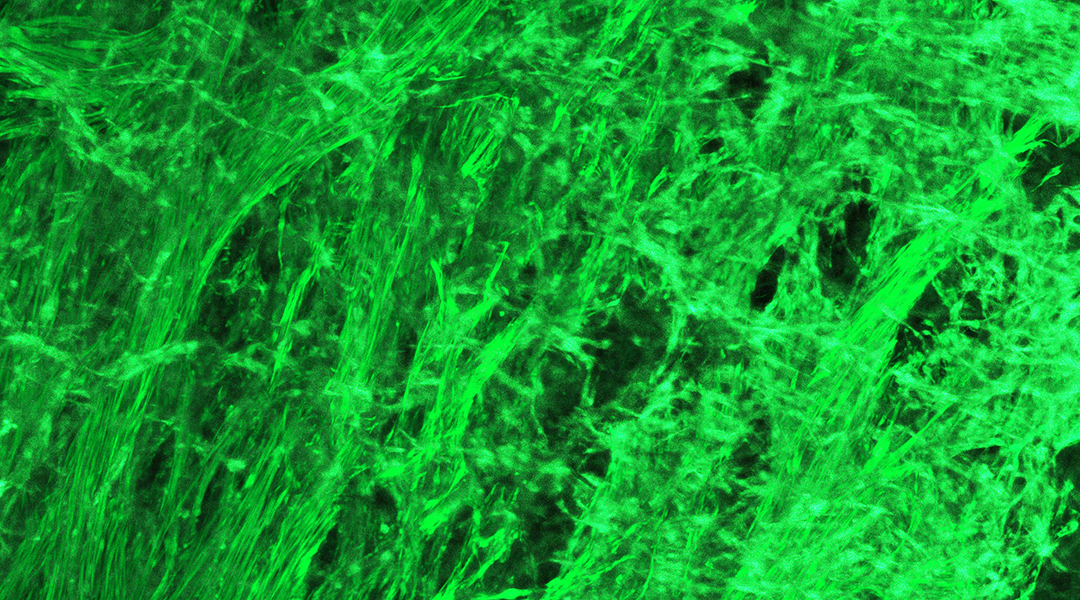

Engineered tissue mimics the contractions of the small intestine to break down artificial materials simulating partially digested food.
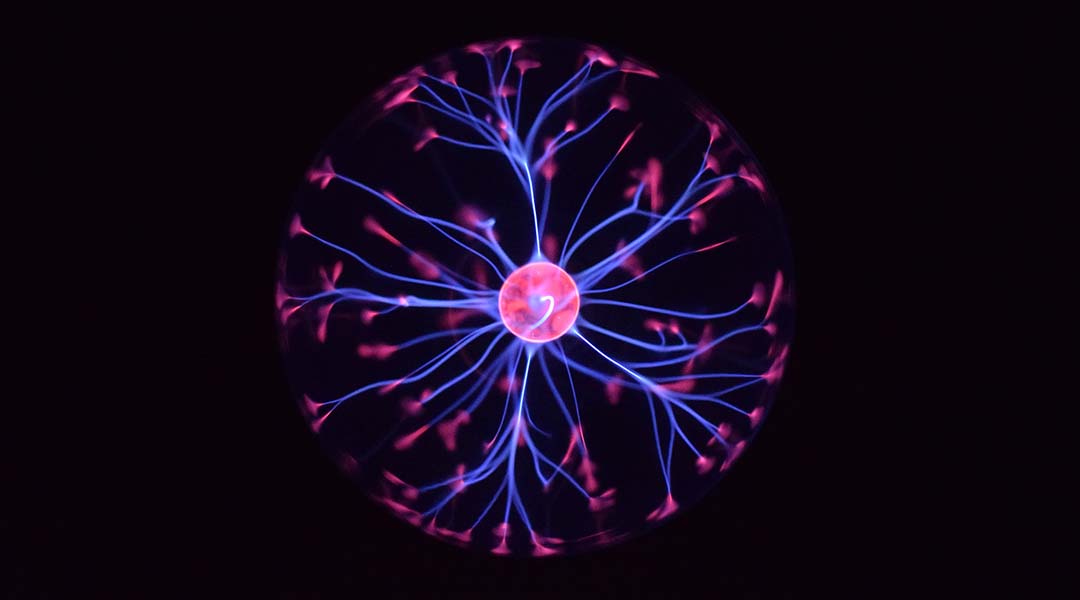
To make computers faster and more efficient, scientists are using the brain as a model in this blossoming area of computer science.
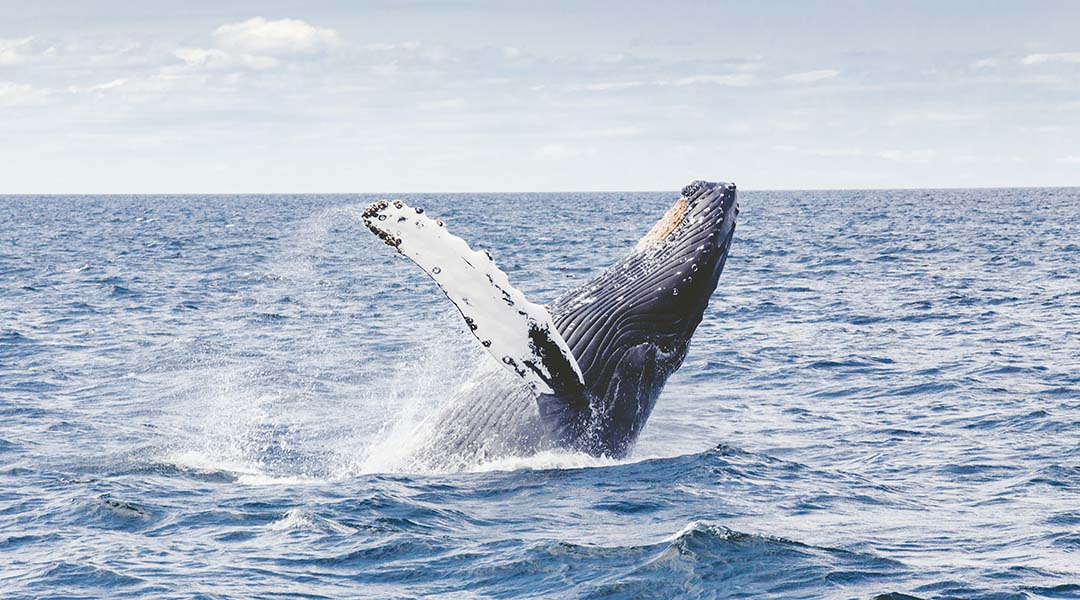
As humpback whale populations increase, two decades worth of data finds they are shifting from singing to fighting as their preferred mating strategy.

People cannot reliably tell whether a text is produced by a human or a machine — but subconscious neural activity reveals the true identity.
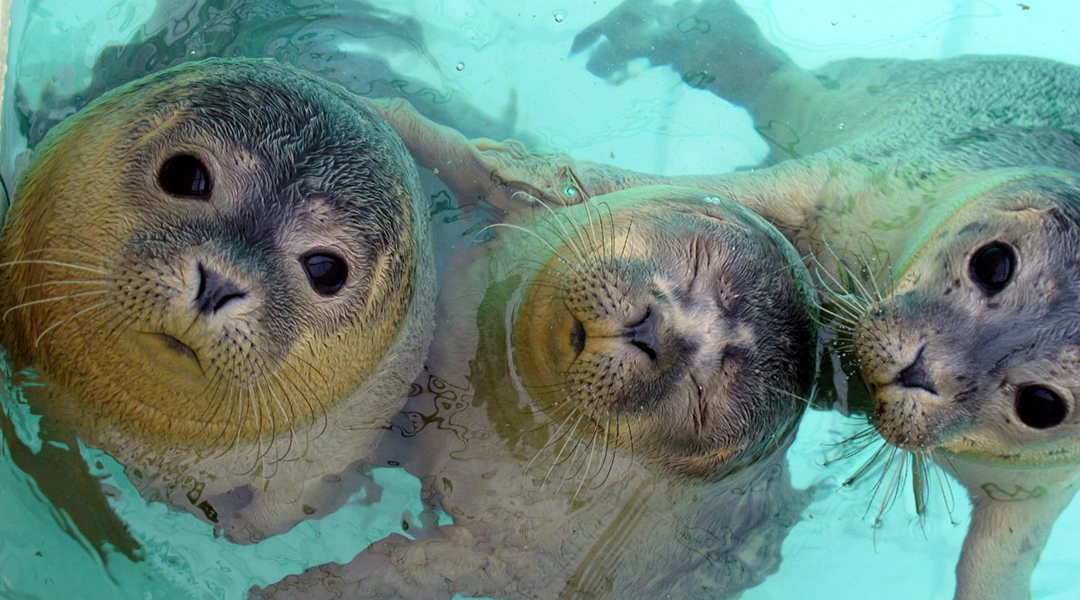
Recreating the bead-like structure of seal whiskers grants scientists insight into new underwater technologies.
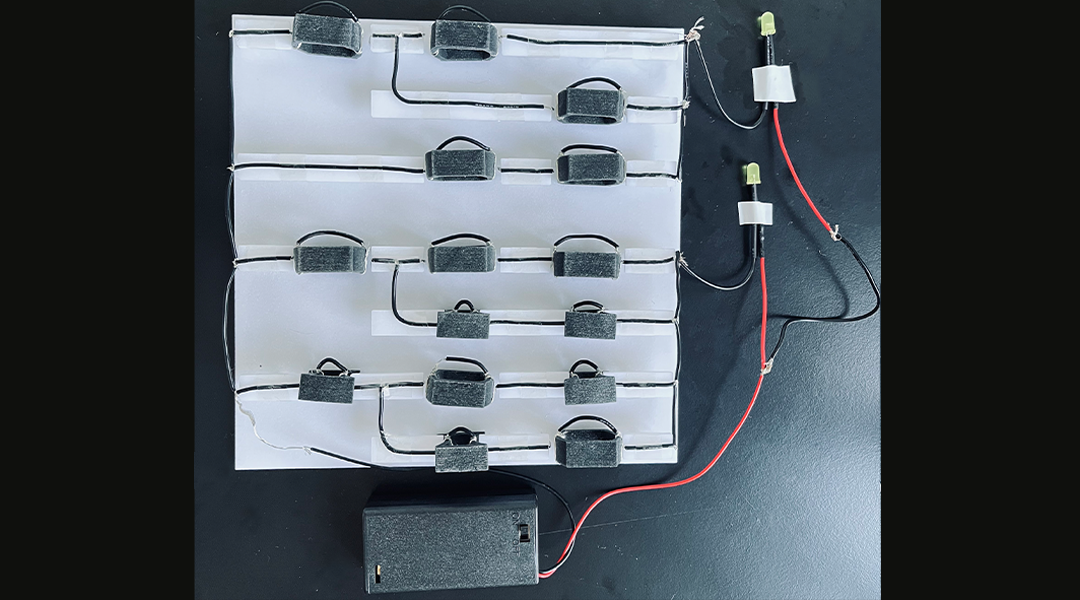
Putting a modern spin on old tech, scientists create a mechanical computer from metamaterials for situations where electronic computers break down.
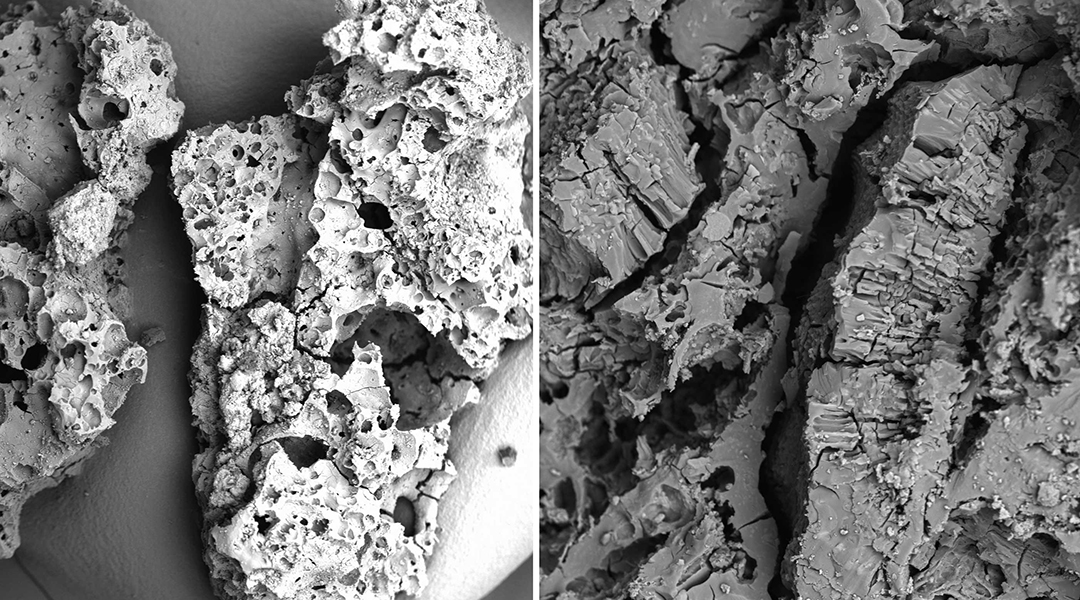
The study of charred remains of processed legumes and nuts gives new insights into the food choices and resource exploitation of Paleolithic humans.

Underneath the freezing, desolate surface of Antarctica, phytoplankton are finding a niche.
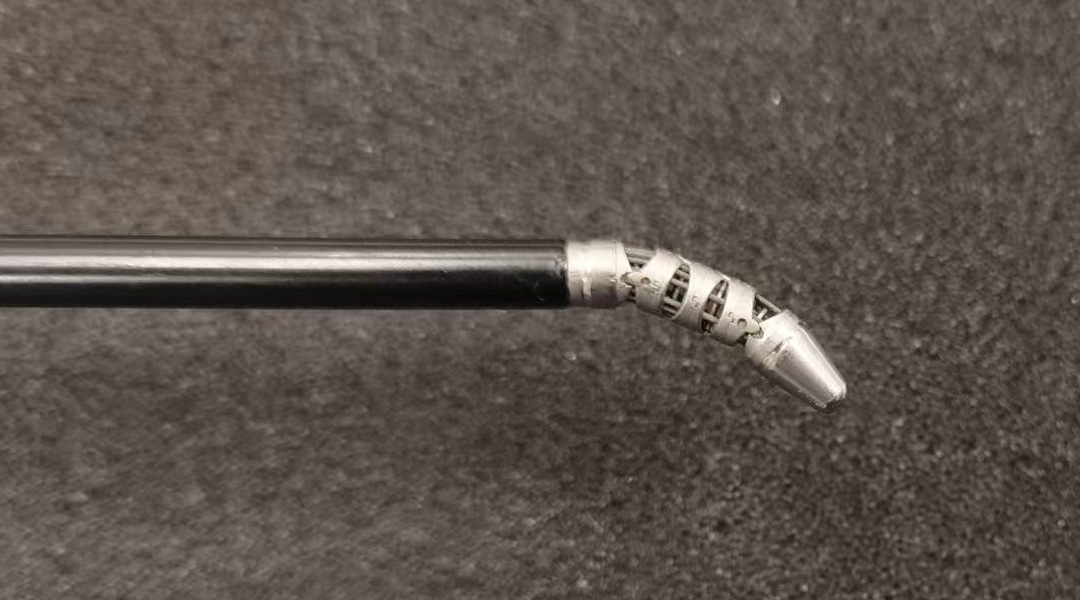
Researchers use machine learning techniques to decrease the workload of surgeons.
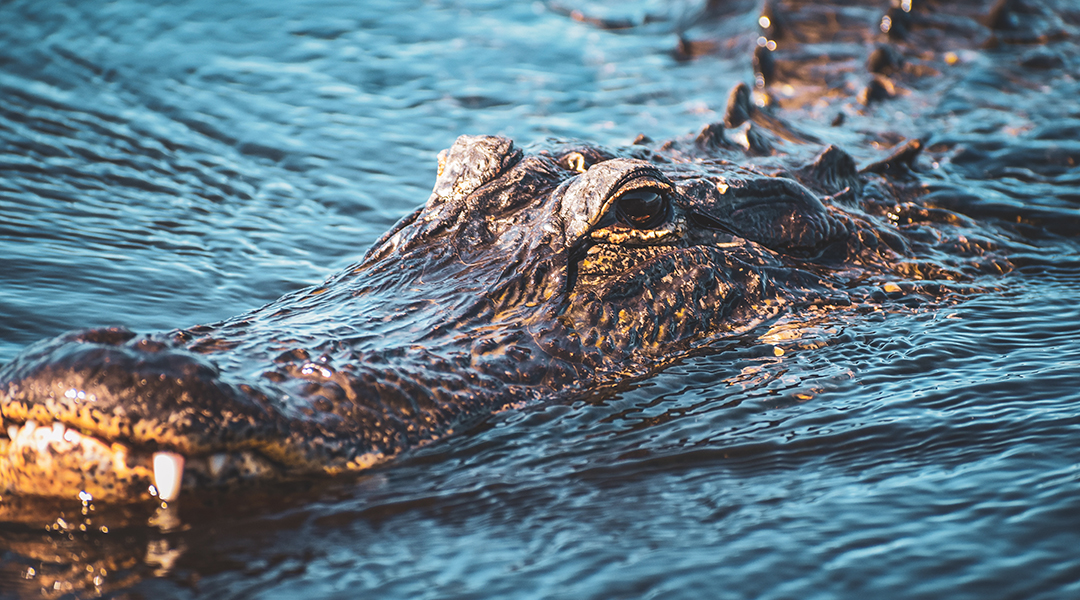
A uniquely sensitive, stretchable pressure sensor for prosthetics, soft robotics, and human-machine interfaces.